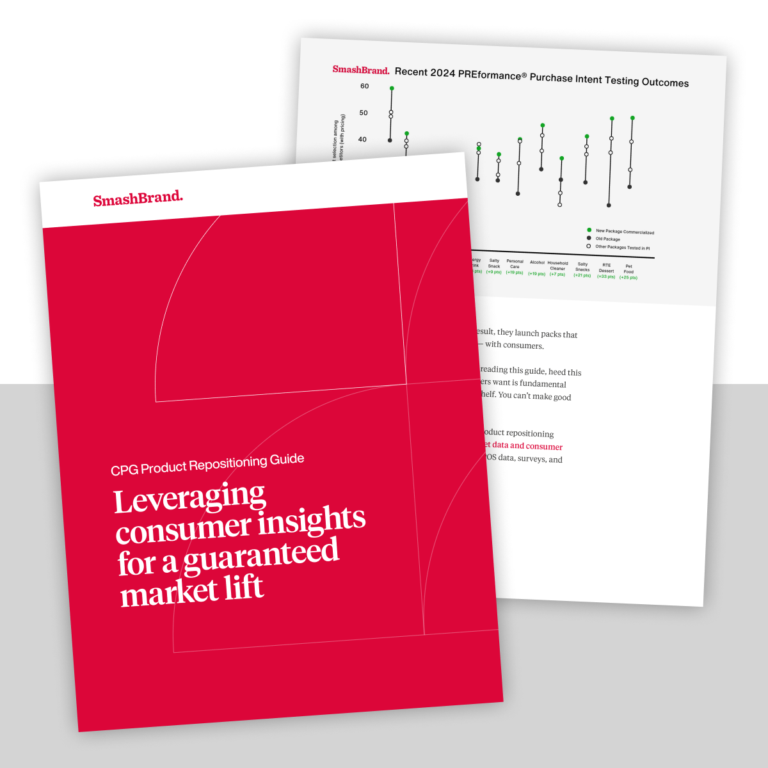Ah, calls to action. They are an unavoidable part of the web landscape, telling us to Click here! Buy Now! Learn More! Sign Up! And submit to all kinds of orders issued in sentence fragments. It may seem like a shock, but not every website features calls to action, preferring instead to allow users to navigate their wild digital terrain with absolutely no guidance. “To each his own,” is their motto. Who are we to tell people how to use our services effectively? They already have mothers.
We’ve been in web design for a long time, so we realize that CTAs aren’t to everybody’s taste. Nevertheless, if you’re confused about why a website might neglect to feature prominent and strategic calls to action, here are the reasons we are most often given.
They’re So Clichéd
Yup. Swim against that stream. We admit, the typical CTA buttons range from pitifully ignorable to actively annoying. Why would you want your precious website to be besmirched with mediocrity?
Also — and here’s where devious SEO strategies come in to play — when users can’t find your call-to-action button, they tend to stay on your page longer trying to search for it. Clever, huh? Of course, those users might never return to your page, but if enough people visit it once, that won’t matter.
They’re So Obvious
How vulgar is that? You’re reading some perfectly serviceable content and suddenly accosted by a garish ORDER NOW button. It’s so unsophisticated.
Subtlety is an undervalued virtue. People are naturally elitist, and if they think you’re desperate to get them to give you money, they turn off. They won’t respect you. You’re practically a panhandler.
Instead, try to map out your web design to make the user feel as though you’re doing him a favor by allowing him to access it. Shroud it in mystery. It’s the online velvet rope; when you exclude people, more people will bang down your door trying to get in.
They Force You to Include More Content
It’s a fact: When you have call-to-action buttons, users expect to be taken to another page – a page with more content that you had to churn out. Content is effort. Effort takes time. Time is money.
When planning your web design strategy, try to include as little content as possible for the sake of your pocketbook and your users’ health. You’re doing them a favor, really. Think of the ocular discomfort you’re sparing them by not offering them anything to read. This solution is particularly valuable if your service has nothing of value to offer, anyway.
They Make Your Job Harder
Lots of calls to action mean many opportunities for users to click on them, subscribe to newsletters, enter email addresses, comment and buy things. When you have a huge number of potential and active customers making demands, that means less you time! You have broken your back trying to establish a solid company, and now you’re being robbed of the luxury of sitting back and enjoying it by all those customers! How dare they?
In summation, call-to-action buttons are a blight on web design. They disrupt your lifestyle, disturb the delicate layout of your web page and they make you seem like a cheap floozy. Of course, people – sheep that they are – have gotten used to call-to-action buttons, and refuse to figure out how to negotiate your beautiful site without being led by the hand. So, because life is full of compromises, you might as well include calls to action. Once your business has reached the pinnacle of success, you can call the shots and toss ’em back in the hole from which they crawled out!
Data-Driven Brand Development
Want a best-selling brand? SmashBrand is a brand development firm for FMCG and CPG companies. From brand strategy to packaging design testing, our Path To Performance™ process guarantees a retail performance lift. Book a time to discuss your project with our team.
Subscribe to
Nice Package.
A monthly newsletter that unpacks a critical topic in the FMCG & CPG industry.
Free Resource.

CPG product repositioning guide.
Explore the five undeniable signs your CPG product needs repositioning along with strategies for leveraging consumer insights for a guaranteed market lift.
Learn More About CPG product repositioning guide.